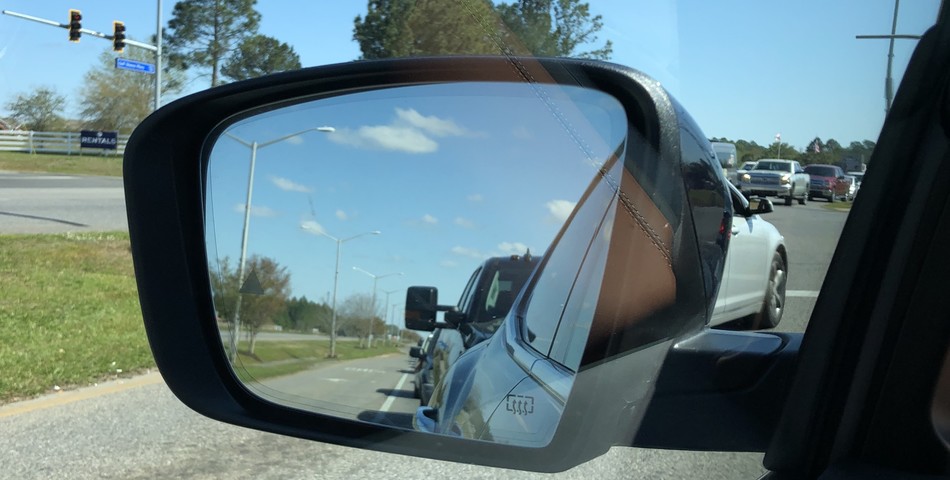Road rage has been almost everywhere you look recently. Whether you drive around or watch the news, you have likely to come across, come in contact with, or witnessed an irate driver taking things too far.
Recently, this problem has come to a head locally. According to Hal Scheurich at Fox 10 News, “Daphne police arrested a man after they said he was involved in a road-rage incident.” The man is accused to repeatedly following female victims into parking lots and verbally assaulting them.
Following this case comes another reported on by Fox 10’s Toi Thorton, about a road rage arrest in Mobile saying, “Moore then got into the other person’s car and drove it across the street,” hitting a church.
When it comes to Spring Hill students affected by this issue, Junior history major Nikki Gibbs, who commutes from Daphne said, “I try not to be scared by much, but these enraged drivers are really terrifying, especially the ones that prey on women like the guy they just arrested.” In conversation, she also mentioned how high stakes driving already is, and how drivers with road rage just increase that risk exponentially. For final thoughts on enraged drivers, Gibbs said, “They suck... they just do.”
In order to try and get to the bottom of the road rage issue, psychology professor Dr. Jamie Franco-Zamudio gave her input on what causes the issue. Dr. Franco-Zamudio’s specialty is the psychology of identity, therefore she said the best way to see the psychological roots of road rage was to consult an article written by two Australian psychology lecturers at the University of Queensland.
Stan Steindl and James Kirby dive into the roots of behind the wheel rage in their article recommended by Dr. Franco-Zamudio, “Road Rage: why normal people become harmful on the roads.” They detail a cocktail of factors that contribute to road rage, saying stress factors like heavy traffic, construction and hot temperatures all play a role. Also, the feeling of anonymity when in a car makes it easier for those who engage in these behaviors to justify it. Along with our interpretation of the incident may lead to further rage, as believing somebody cut you off on purpose versus thinking they weren’t paying attention.
Even though this may seem like it has only come up recently, they ensure this is an age-old problem, saying “The idea that generally decent people become full of anger and rage when they hop in a car has been with us since the advent of cars themselves.” Steindl and Kirby call upon a Disney cartoon from the 1950s where Goofy, a nice guy, turns into a monster when he gets behind the wheel.
